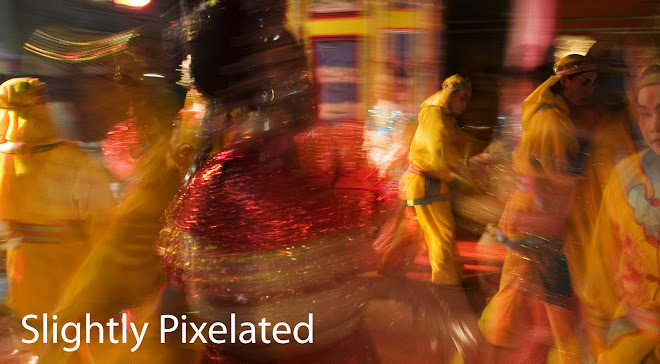
Trapped. Hidden from the world. Brandished as human shields then decimated in a storm of military fury.
For the thousands of civilians trapped on a tiny stretch of beach in eastern Sri Lanka the thunder of artillery and the cries of the wounded were a gruesome prelude to 'peace'.
These unfortunate civilians, families, women, children, were the collateral cost, we are told, of bringing Sri Lanka's 25 year civil war, pitting ethnic Tamil rebels against a Sinhalese-dominated government army, to a close.
When one considers the horror endured by those who lived through this grim finale, and the suffering of some 250,000 Tamils displaced by recent fighting, it is hard to imagine that such violence could be the germ for peace.
Indeed, while Sri Lanka's President Rajapaksa preens and struts in the glow of his government's victory, while jubilant Sri Lankans honk their horns and wave flags in the capital Colombo, the only peace many Tamils now know is the silencing of the guns and an end to the killing. Thousands are still detained in government internment camps surrounded by armed guards and barbed wire.
Many among the Tamil minority, who account for around 15% of Sri Lanka's 20 million population, are left to contemplate how the government's military victory will translate into the autonomy and rights which they have long been demanding.
In truth, it is not peace that comes as the logical fruit of such a bitter conflict. Peace can only be achieved when the causes of conflict have been erased, a process which often continues long after the guns have fallen silent. At the end of the Second World War, creating peace meant a re-drawing of borders, a purging of the political and social causes of conflict, a drive to reconcile and rebuild.
As Sri Lanka enjoys this moment of relative calm, its government must now seize the opportunity to demonstrate to the ethnic Tamil community, from which the Tamil Tigers and other rebels movements were born, that the causes of the conflict will be erased and that the government will re-build and re-draw the lines of this divided nation so that there is opportunity for both communities to prosper equally.
To be sure the Tamil Tigers were a ruthless movement; pioneers of the suicide bomb, fanatics who drove women and children into battle. Much of the movement's dynamism and momentum came from its mysterious and brutal leader Vellupillai Prabakharan. His apparent death is perhaps the most convincing indicator that the Tamil Tigers as a fighting force are finally spent.
For the moment President Rajapaksa is ringing reassuring notes of reconciliation. Last Thursday he declared that it was "the duty of all to ensure that all differences that hitherto divided our people are subsumed in the great and momentous joy that is shared by us all.
"The celebration of this victory, as deep as it is felt, should be expressed with magnanimity and friendship towards all," he said.
If Mr. Rajapaksa's words are sincere then he is right to foster harmony among former foes.
History has taught us that it is supremely difficult to defeat the spirit of a people fighting for its basic rights or for its survival. For many Tamils, the civil war was a struggle for self-determination in the face of a chauvinistic Sinhalese majority for its part still smarting from Tamil dominance promoted by the British during their colonial rule.
Guns can suppress, they can eradicate, they can terrorize into silence but they rarely defeat a rebellious spirit and are often better at sowing hatred than breeding peace.
Generosity, magnanimity and reconciliation will prove the most powerful weapons the government of Mr. Rajapaksa can now deploy amidst Sri Lanka's Tamils. It is only through mutual respect and in allowing the Tamils to return to rebuild their lives as equal citizens alongside their Sinhalese compatriots that Sri Lanka can hope to truly achieve peace and ensure that a new generation of Tamils do not take up arms and find a replacement for Mr. Prabakharan.
